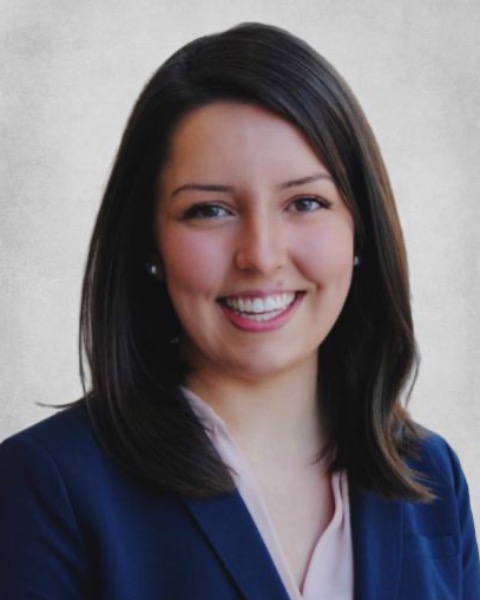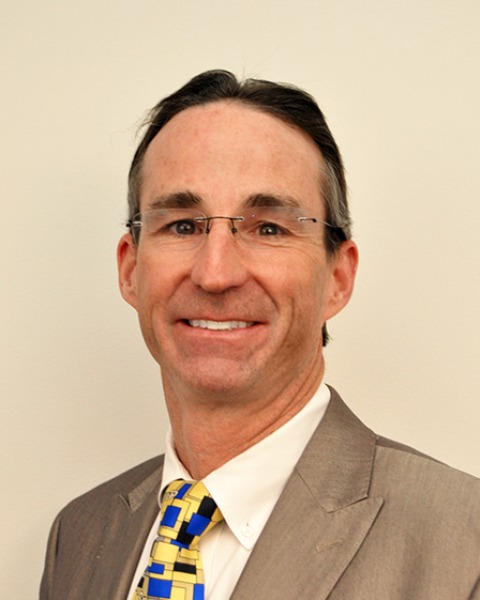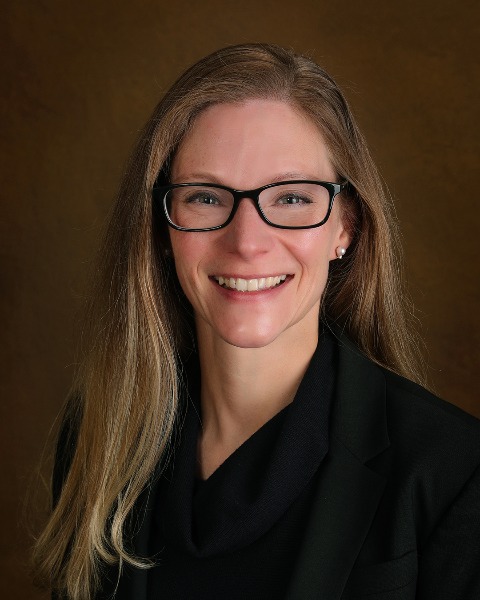Upper GI
P69: The Effect of Laparoscopic Gastric Ischemic Preconditioning Prior to Esophagectomy on Anastomotic Stricture Rate: A Prospective Cohort Study

Christina M. Stuart, MD (she/her/hers)
Resident Physician
University of Colorado, Department of Surgery
Denver, Colorado, United States
Christina M. Stuart, MD (she/her/hers)
Resident Physician
University of Colorado, Department of Surgery
Denver, Colorado, United States
Christina M. Stuart, MD (she/her/hers)
Resident Physician
University of Colorado, Department of Surgery
Denver, Colorado, United States- NM
Nicole M. Mott, MD, MSCR
Resident Physician
University of Colorado, Department of Surgery, United States - SB
Sara Byers, MS
Biostatistician
University of Colorado, Anschutz Medical Campus, United States - AD
Adam R. Dyas, MD
Resident Physician
University of Colorado, Department of Surgery, United States - AG
Anna K. Gergen, MD
Resident Physician
University of Colorado, Department of Surgery, United States - SR
Simran K. Randhawa, MBBS
Assistant Professor of Surgery
University of Colorado, Department of Surgery, United States - BM
Benedetto Mungo, MD
Assistant Professor of Surgery
University of Colorado, Department of Surgery, United States - ED
Elizabeth A. David, MD, MAS
Associate Professor of Surgery
University of Colorado, Department of Surgery, United States - JM
John D. Mitchell, MD
Professor of Surgery
University of Colorado, Department of Surgery, United States 
Martin D. McCarter, MD
Professor of Surgery
University of Colorado, Department of Surgery, United States- RM
Robert A. Meguid, MD, MPH
Professor of Surgery
University of Colorado, Department of Surgery, United States 
Camille Stewart, MD, FSSO, FACS (she/her/hers)
Surgical Oncologist
CommonSpirit Health, St. Anthony Hospital
Lakewood, Colorado, United States
Oral Poster Presenter(s)
Submitter(s)
Author(s)
Author(s)
Methods:
We performed a single center, prospective cohort study including all patients with esophageal cancer undergoing esophagectomy (07/2012-07/2022). Our institution implemented a universal LGIP prior to esophagectomy protocol for all patients in 01/2021. Patients were followed for 1-year post-esophagectomy and charts were reviewed for evidence of benign anastomotic stricture requiring endoscopic intervention. Strictures were followed for an additional 6-months to observe treatment course. The primary outcome was the presence of stricture within 1-year of esophagectomy and secondary outcomes were stricture severity (based on qualitative evaluation by endoscopists) and frequency of dilations within the 6-months following stricture diagnosis.
Results: Of 253 esophagectomies, 42 (16.6%) underwent LGIP prior to esophagectomy. There were 45 (17.7%) anastomotic strictures requiring endoscopic intervention, including 3 who underwent LGIP and 42 who did not. Median time from esophagectomy to stricture was 144 days. There was no difference in time to stricture between patients who underwent LGIP prior to esophagectomy versus esophagectomy alone (p=0.081). Those who underwent LGIP were significantly less likely to develop anastomotic stricture (7.1% vs 19.9%, p=0.048). After controlling for confounders, this difference approached but did not achieve significance (OR 0.46, 95% confidence interval 0.14 - 1.82, p=0.29). Of those who developed stricture, there was a trend toward less severe strictures (0.0% severe strictures in the LGIP group vs. 40.5% in the esophagectomy alone group), a trend towards requiring fewer serial dilations (33.3% vs 73.8%), and a trend towards fewer dilations in the 6 months following stricture diagnosis (mean 2, range 1 – 4 vs mean 3, range 1 – 13) (all p >0.05).
Conclusions: LGIP may reduce the rate and severity of symptomatic anastomotic stricture following esophagectomy. A larger powered multi-institutional trial evaluating LGIP’s effect on stricture and other anastomotic complications is warranted.
Learning Objectives:
- Upon completion, participant will be able to describe the utility of laparoscopic gastric ischemic preconditioning prior to esophagectomy.
- Upon completion, participant will be able to describe the short-term and long-term complications of laparoscopic gastric ischemic preconditioning prior to esophagectomy.
- Upon completion, participant will be able to describe the predictors of benign anastomotic stricture following esophagectomy and reconstruction.
